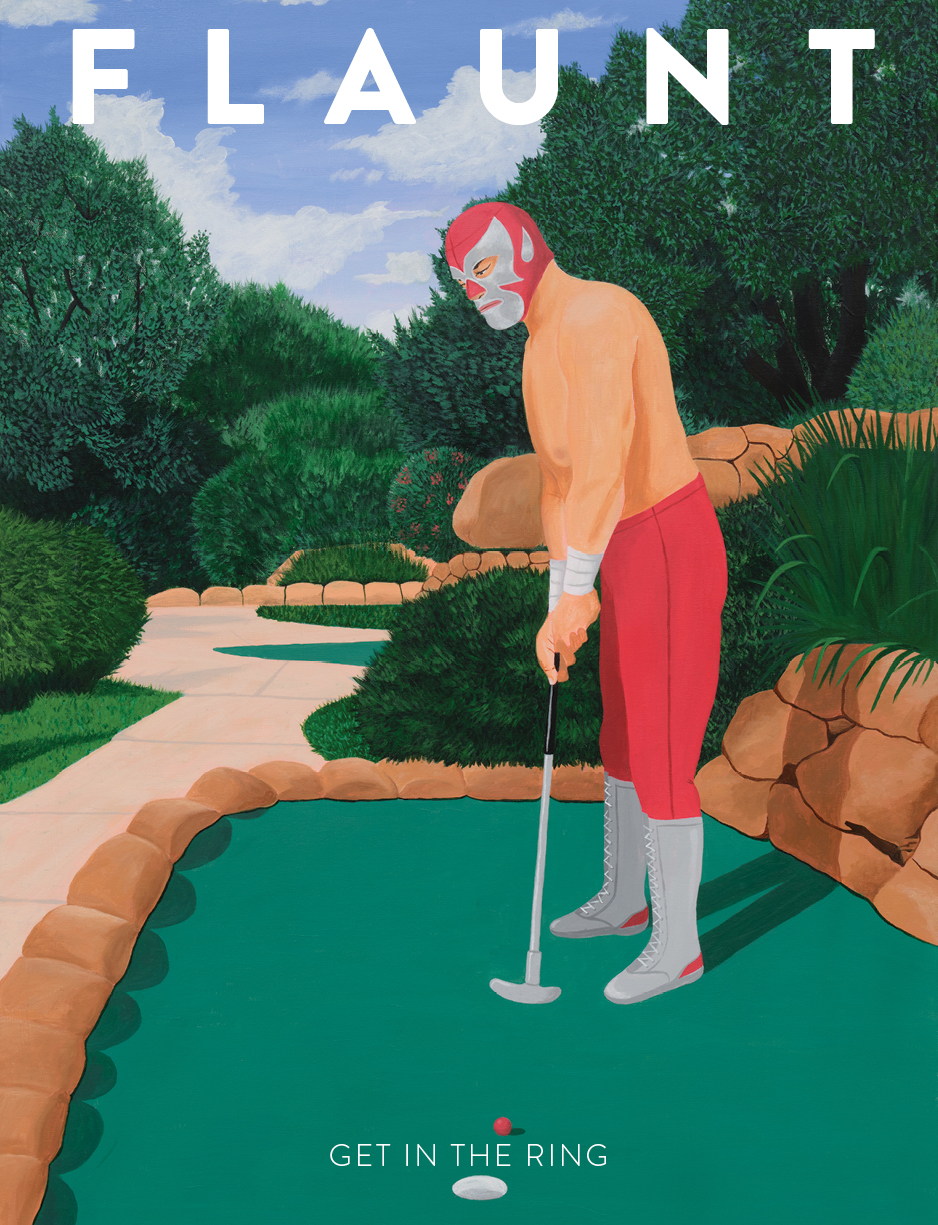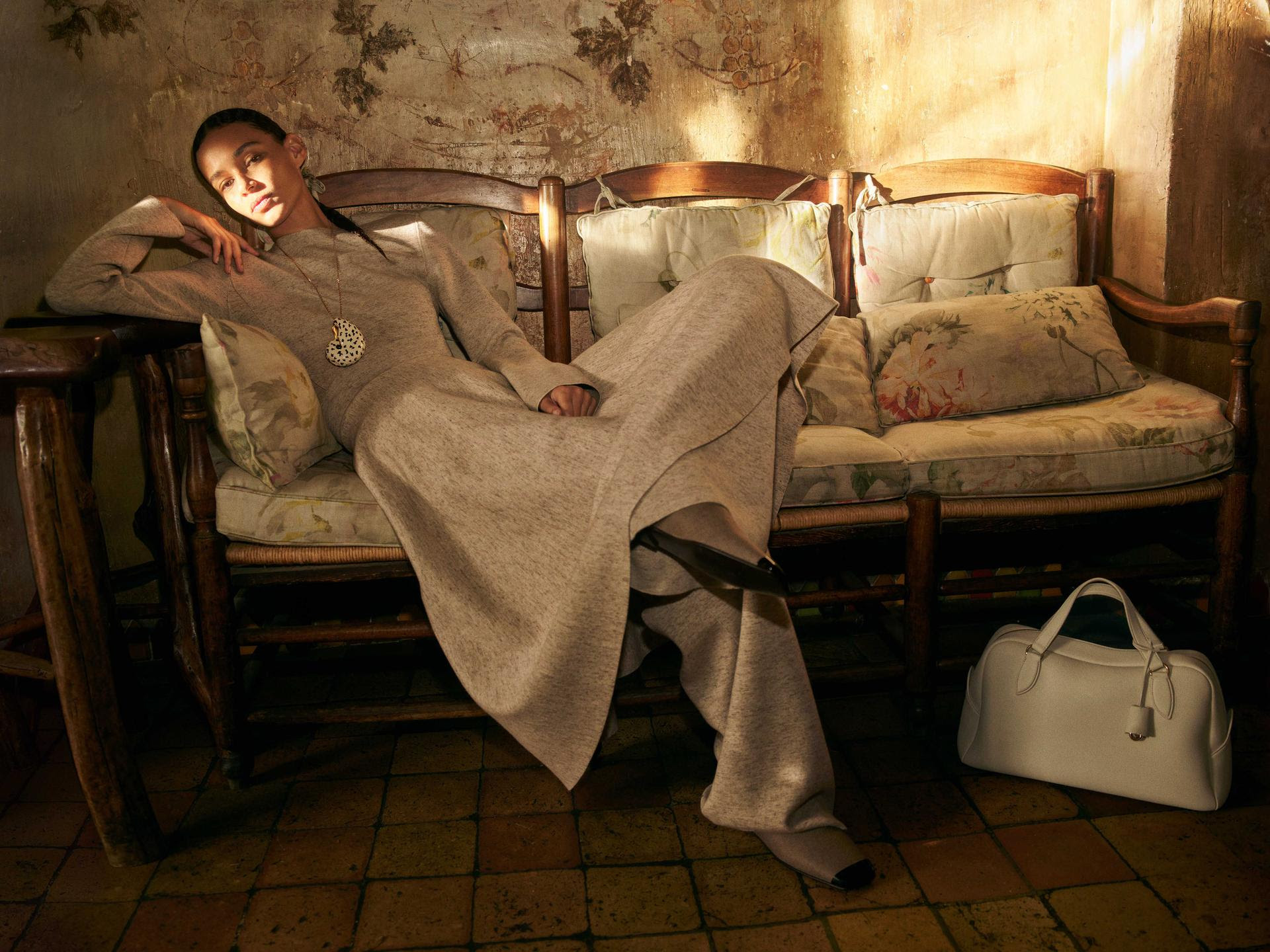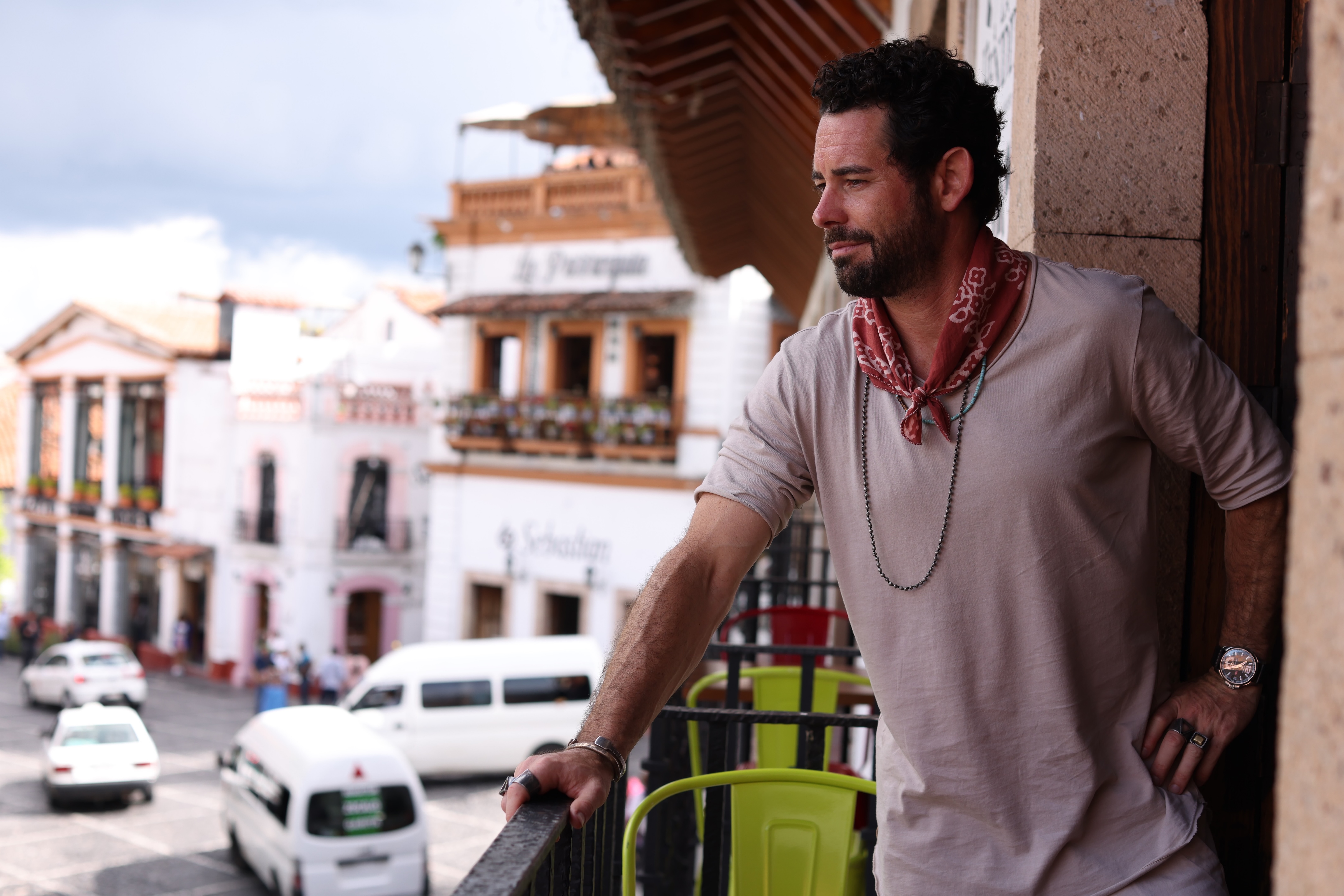

Written by Dr. Edward Scarr
”Don’t go and do anything silly,” threatened a ‘friend’ of ours, warning his outlaw brother not to attack Agax—a tough but aging Vietnam Veteran, and my club sponsor. It was just after 7 AM on a Sunday morning. Agax and I had stopped at the ‘club house’ for a barbeque breakfast before riding the few hours south to get home. One of the club members had taken an instant disliking to Agax for no apparent reason and now was threatening to kill him.
Newspaper editors have been salivating over motorcycle club imagery since the subculture emerged in California in the middle of the twentieth century. Black leather vests, backpatches featuring a stylised human skull, black and chrome Harley-Davidsons, a first drinking session, then another, and another. Like other motorcycle clubs, the Australian War Fighters are a fringe-dwelling subculture that provokes strong opinions. Should a club member find themselves involved in any activity garnering police and media attention, the pejorative terms of ‘bikie’ and ‘gang member’ splash across the headlines.
Hunter S. Thompson described Sonny Barger and others capitalizing on this attention in his enduring work _Hell’s Angels: The Strange and Terrible Saga of the Outlaw Motorcycle Gangs_ (1966): “\[T\]he burden of fame made the Hell’s Angels very conscious of their image; they began reading the newspapers like politicians, looking for mention of things they had said or done. And as they dealt more and more with the press, they were inevitably asked to comment on the issues of the day.”
Motorcycle Clubs remain the subject of persisting ‘moral panic,’ and have been the subject of successive crackdowns, police operations, and hard-hitting legislation aimed at driving them out of existence. The War Fighters operate on the periphery of the hard-core one percent element of the subculture. They still “hold church” on a Tuesday night but are more likely to be discussing a charity event or upcoming club ride than the extortion or trafficking schemes that supposedly preoccupy the fictional one percent clubs like the _Sons of Anarchy._
While the War Fighters enjoy the notoriety of looking mean, they do significant charity work, and the bizarre combination of outlaw biker subculture aesthetic with raising money for local hospitals means these men enjoy the paradox of looking _bad_ while doing _good_. Yet the impact of thirty riders howling into town on big block Harleys thirsty for beer, tends to make locals think twice before crossing the street to visit their usual watering hole.
Many of the members have endured hard lives and tell quite tragic stories. A recurring theme is the ostracization they felt upon returning home from the war in Vietnam—a conflict in which approximately 60,000 Australians served. Club members wear a badge that says ‘VV together forever.’
Nihilism in the work of nineteenth century philosopher Friedrich Nietzsche is a useful theoretical framework for better understanding the experiences of these veteran bikers. Nietzsche wrote: “A nihilist is a man who judges of the world as it is that it ought _not_ to be, and of the world as it ought to be that it does not exist.” This is the “nihilist’s bind:” the impossibility of maintaining a contradictory set of approaches to the world. A world that brands veterans as baby killers _ought_ not to be, while the world that recognised the service of veterans never existed for many of these men.
Perhaps the most original and striking feature of nihilism is not the collapse and destruction of meaning but its scope for rebirth and new life. The _crash_ and _rebirth_ aspects carry the potential for a positive new beginning. Nihilism has offered some a redemptive outlook—in the rubble of the shattered sense of _who,_ lies the material for rebuilding a new identity. As Nietzsche wrote: “Indeed…’free spirits’ feel, \[at\] the news ‘that the old god is dead’, as if a new dawn shone on us... At long last the horizon appears free to us again, even if it should not be bright; at long last our ships may venture out again…to face any danger.”
Another perspective for understanding some of the experiences of the War Fighters is through their sense of _moral injury_. While often associated with veterans, moral injury is not PTSD. In much the same way that Alzheimer’s disease has become the catch-all description of memory loss in over 50s, so PTSD has become a label applied to all veterans struggling with unseen wounds. This is unfair to veterans who are not suffering from a psychological illness but who are not OK either.
One of the non-PTSD effects of military service is moral injury—a psychic disturbance that precipitates a crisis in moral beliefs and confusion about the moral reliability of the world. Associated with a rupture between premorbid moral culture and experience, moral injury is not a mental illness or psychological disorder, nor is it necessarily trauma related. In extreme cases, moral injury may lead to a collapse of meaning and identity because the world appears to lack order and coherency.
Joining a motorcycle club is a perfectly reasonable response to the experience of a loss of personal meaning and social isolation. Violence is a favored mechanism for problem solving among the outlaw biker crowd. Early that Sunday morning standing in that outlaw club house, surrounded by angry men who had been drinking and popping pills all night, with one outlaw shouting and swinging a pool cue, I found myself thinking hard about what is really on offer for these men, and whether the malady justifies the cure.
 
Written by Dr. Edward Scarr
”Don’t go and do anything silly,” threatened a ‘friend’ of ours, warning his outlaw brother not to attack Agax—a tough but aging Vietnam Veteran, and my club sponsor. It was just after 7 AM on a Sunday morning. Agax and I had stopped at the ‘club house’ for a barbeque breakfast before riding the few hours south to get home. One of the club members had taken an instant disliking to Agax for no apparent reason and now was threatening to kill him.
Newspaper editors have been salivating over motorcycle club imagery since the subculture emerged in California in the middle of the twentieth century. Black leather vests, backpatches featuring a stylised human skull, black and chrome Harley-Davidsons, a first drinking session, then another, and another. Like other motorcycle clubs, the Australian War Fighters are a fringe-dwelling subculture that provokes strong opinions. Should a club member find themselves involved in any activity garnering police and media attention, the pejorative terms of ‘bikie’ and ‘gang member’ splash across the headlines.
Hunter S. Thompson described Sonny Barger and others capitalizing on this attention in his enduring work _Hell’s Angels: The Strange and Terrible Saga of the Outlaw Motorcycle Gangs_ (1966): “\[T\]he burden of fame made the Hell’s Angels very conscious of their image; they began reading the newspapers like politicians, looking for mention of things they had said or done. And as they dealt more and more with the press, they were inevitably asked to comment on the issues of the day.”
Motorcycle Clubs remain the subject of persisting ‘moral panic,’ and have been the subject of successive crackdowns, police operations, and hard-hitting legislation aimed at driving them out of existence. The War Fighters operate on the periphery of the hard-core one percent element of the subculture. They still “hold church” on a Tuesday night but are more likely to be discussing a charity event or upcoming club ride than the extortion or trafficking schemes that supposedly preoccupy the fictional one percent clubs like the _Sons of Anarchy._
While the War Fighters enjoy the notoriety of looking mean, they do significant charity work, and the bizarre combination of outlaw biker subculture aesthetic with raising money for local hospitals means these men enjoy the paradox of looking _bad_ while doing _good_. Yet the impact of thirty riders howling into town on big block Harleys thirsty for beer, tends to make locals think twice before crossing the street to visit their usual watering hole.
Many of the members have endured hard lives and tell quite tragic stories. A recurring theme is the ostracization they felt upon returning home from the war in Vietnam—a conflict in which approximately 60,000 Australians served. Club members wear a badge that says ‘VV together forever.’
Nihilism in the work of nineteenth century philosopher Friedrich Nietzsche is a useful theoretical framework for better understanding the experiences of these veteran bikers. Nietzsche wrote: “A nihilist is a man who judges of the world as it is that it ought _not_ to be, and of the world as it ought to be that it does not exist.” This is the “nihilist’s bind:” the impossibility of maintaining a contradictory set of approaches to the world. A world that brands veterans as baby killers _ought_ not to be, while the world that recognised the service of veterans never existed for many of these men.
Perhaps the most original and striking feature of nihilism is not the collapse and destruction of meaning but its scope for rebirth and new life. The _crash_ and _rebirth_ aspects carry the potential for a positive new beginning. Nihilism has offered some a redemptive outlook—in the rubble of the shattered sense of _who,_ lies the material for rebuilding a new identity. As Nietzsche wrote: “Indeed…’free spirits’ feel, \[at\] the news ‘that the old god is dead’, as if a new dawn shone on us... At long last the horizon appears free to us again, even if it should not be bright; at long last our ships may venture out again…to face any danger.”
Another perspective for understanding some of the experiences of the War Fighters is through their sense of _moral injury_. While often associated with veterans, moral injury is not PTSD. In much the same way that Alzheimer’s disease has become the catch-all description of memory loss in over 50s, so PTSD has become a label applied to all veterans struggling with unseen wounds. This is unfair to veterans who are not suffering from a psychological illness but who are not OK either.
One of the non-PTSD effects of military service is moral injury—a psychic disturbance that precipitates a crisis in moral beliefs and confusion about the moral reliability of the world. Associated with a rupture between premorbid moral culture and experience, moral injury is not a mental illness or psychological disorder, nor is it necessarily trauma related. In extreme cases, moral injury may lead to a collapse of meaning and identity because the world appears to lack order and coherency.
Joining a motorcycle club is a perfectly reasonable response to the experience of a loss of personal meaning and social isolation. Violence is a favored mechanism for problem solving among the outlaw biker crowd. Early that Sunday morning standing in that outlaw club house, surrounded by angry men who had been drinking and popping pills all night, with one outlaw shouting and swinging a pool cue, I found myself thinking hard about what is really on offer for these men, and whether the malady justifies the cure.

Written by Dr. Edward Scarr
”Don’t go and do anything silly,” threatened a ‘friend’ of ours, warning his outlaw brother not to attack Agax—a tough but aging Vietnam Veteran, and my club sponsor. It was just after 7 AM on a Sunday morning. Agax and I had stopped at the ‘club house’ for a barbeque breakfast before riding the few hours south to get home. One of the club members had taken an instant disliking to Agax for no apparent reason and now was threatening to kill him.
Newspaper editors have been salivating over motorcycle club imagery since the subculture emerged in California in the middle of the twentieth century. Black leather vests, backpatches featuring a stylised human skull, black and chrome Harley-Davidsons, a first drinking session, then another, and another. Like other motorcycle clubs, the Australian War Fighters are a fringe-dwelling subculture that provokes strong opinions. Should a club member find themselves involved in any activity garnering police and media attention, the pejorative terms of ‘bikie’ and ‘gang member’ splash across the headlines.
Hunter S. Thompson described Sonny Barger and others capitalizing on this attention in his enduring work _Hell’s Angels: The Strange and Terrible Saga of the Outlaw Motorcycle Gangs_ (1966): “\[T\]he burden of fame made the Hell’s Angels very conscious of their image; they began reading the newspapers like politicians, looking for mention of things they had said or done. And as they dealt more and more with the press, they were inevitably asked to comment on the issues of the day.”
Motorcycle Clubs remain the subject of persisting ‘moral panic,’ and have been the subject of successive crackdowns, police operations, and hard-hitting legislation aimed at driving them out of existence. The War Fighters operate on the periphery of the hard-core one percent element of the subculture. They still “hold church” on a Tuesday night but are more likely to be discussing a charity event or upcoming club ride than the extortion or trafficking schemes that supposedly preoccupy the fictional one percent clubs like the _Sons of Anarchy._
While the War Fighters enjoy the notoriety of looking mean, they do significant charity work, and the bizarre combination of outlaw biker subculture aesthetic with raising money for local hospitals means these men enjoy the paradox of looking _bad_ while doing _good_. Yet the impact of thirty riders howling into town on big block Harleys thirsty for beer, tends to make locals think twice before crossing the street to visit their usual watering hole.
Many of the members have endured hard lives and tell quite tragic stories. A recurring theme is the ostracization they felt upon returning home from the war in Vietnam—a conflict in which approximately 60,000 Australians served. Club members wear a badge that says ‘VV together forever.’
Nihilism in the work of nineteenth century philosopher Friedrich Nietzsche is a useful theoretical framework for better understanding the experiences of these veteran bikers. Nietzsche wrote: “A nihilist is a man who judges of the world as it is that it ought _not_ to be, and of the world as it ought to be that it does not exist.” This is the “nihilist’s bind:” the impossibility of maintaining a contradictory set of approaches to the world. A world that brands veterans as baby killers _ought_ not to be, while the world that recognised the service of veterans never existed for many of these men.
Perhaps the most original and striking feature of nihilism is not the collapse and destruction of meaning but its scope for rebirth and new life. The _crash_ and _rebirth_ aspects carry the potential for a positive new beginning. Nihilism has offered some a redemptive outlook—in the rubble of the shattered sense of _who,_ lies the material for rebuilding a new identity. As Nietzsche wrote: “Indeed…’free spirits’ feel, \[at\] the news ‘that the old god is dead’, as if a new dawn shone on us... At long last the horizon appears free to us again, even if it should not be bright; at long last our ships may venture out again…to face any danger.”
Another perspective for understanding some of the experiences of the War Fighters is through their sense of _moral injury_. While often associated with veterans, moral injury is not PTSD. In much the same way that Alzheimer’s disease has become the catch-all description of memory loss in over 50s, so PTSD has become a label applied to all veterans struggling with unseen wounds. This is unfair to veterans who are not suffering from a psychological illness but who are not OK either.
One of the non-PTSD effects of military service is moral injury—a psychic disturbance that precipitates a crisis in moral beliefs and confusion about the moral reliability of the world. Associated with a rupture between premorbid moral culture and experience, moral injury is not a mental illness or psychological disorder, nor is it necessarily trauma related. In extreme cases, moral injury may lead to a collapse of meaning and identity because the world appears to lack order and coherency.
Joining a motorcycle club is a perfectly reasonable response to the experience of a loss of personal meaning and social isolation. Violence is a favored mechanism for problem solving among the outlaw biker crowd. Early that Sunday morning standing in that outlaw club house, surrounded by angry men who had been drinking and popping pills all night, with one outlaw shouting and swinging a pool cue, I found myself thinking hard about what is really on offer for these men, and whether the malady justifies the cure.



.jpeg)














